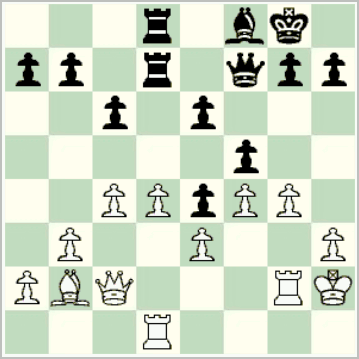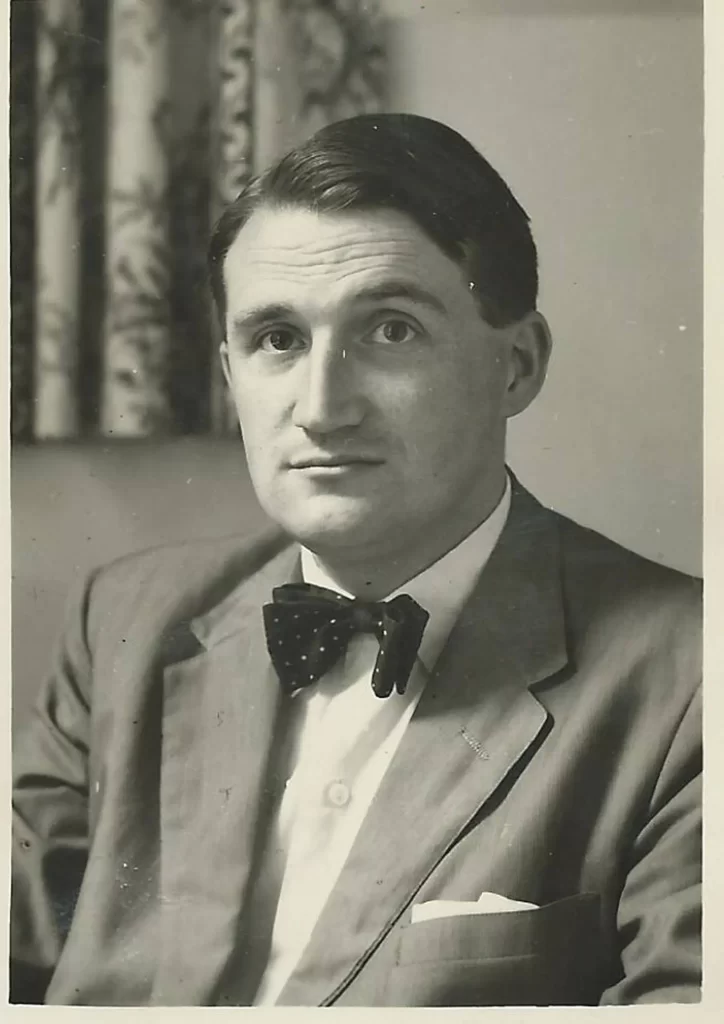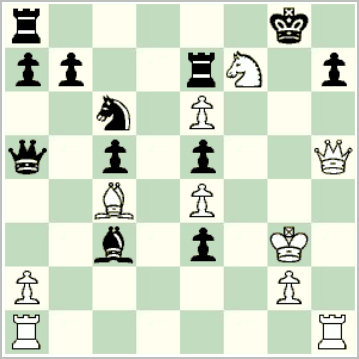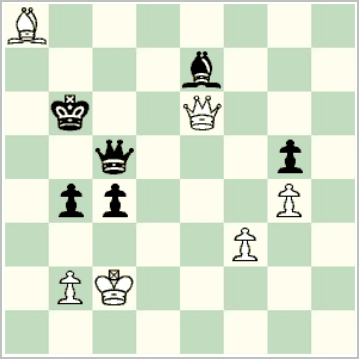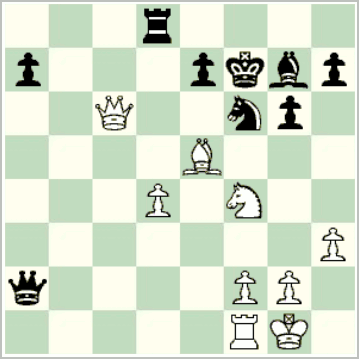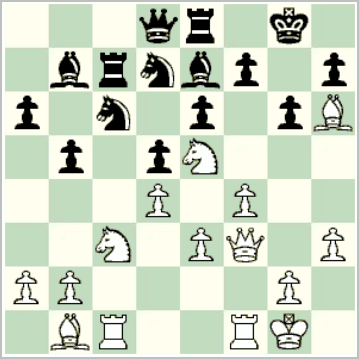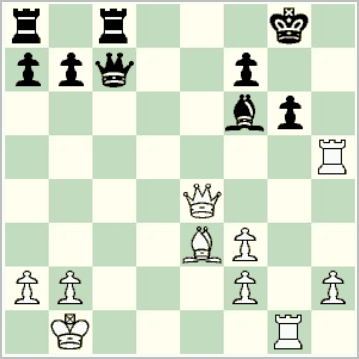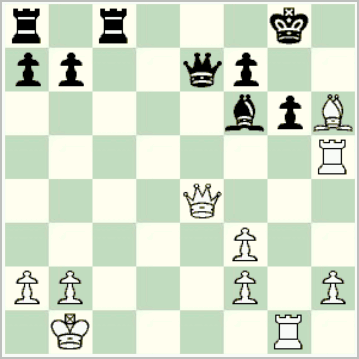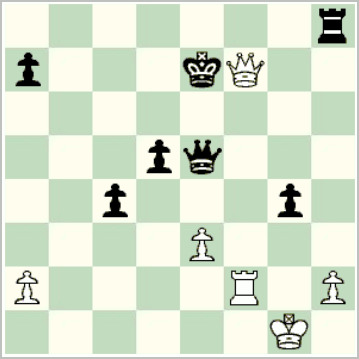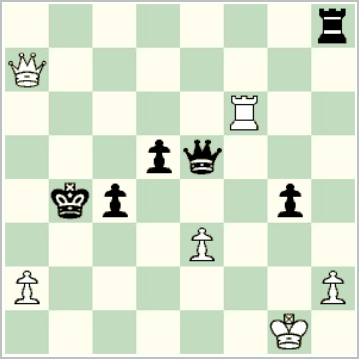The position in the puzzle set in the last post is from the last round game between John Delaney and Alan Ludgate in the Irish Championship 1983. It arose just after the time control, but as it was the last round, the game had to be played to a finish with no adjournments.
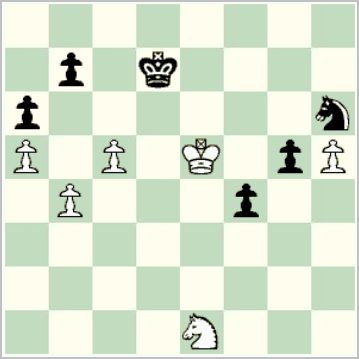
42… ?
It’s useful to consider what White is immediately threatening. Not 1. Nf3, allowing 1… g4, when Black has no problems. Similarly, 1. Nc2/Nd3/Ng2 allow 1… f3, with equality, while 1. Kf6? g4 even leaves Black with the advantage. The only reasonable way forward for White is to regroup via Ke4 and Nc2-d4. The resulting position is much better for White, and though there is considerable work ahead, it seems that White is probably winning.
In the game, Black played 42… Kc6?. After 43. Nf3, the problem is that 43… g4? loses immediately to 44. Nd4+ and 45. Kxf4. So Black is forced to move the king forward, and the timing doesn’t work. After 43… Kb5 44. Nxg5 Kxb4 45. Kxf4 Kxc5, Black is one tempo short (draw if Black could move again here). Instead, after 46. Ne4+, Black will not be able to stop White’s promotion. Black resigned a few moves later.
The natural alternative from the diagram is 42… Kc7. Again White proceeds with the main plan, 43. Ke4, and now what next for Black? Not 43… Kc6 or 43… Ke7, which fail in the same way to 44. Nf3. After either 43… Kc8/d8 44. Nc2 K-any 45. Nd4 White has successfully regrouped, while 44… Ng8 45. Kf3 K-any 46. Nd4 comes to the same thing. The only alternative to the king retreat is 43… Ng8, but then 44. Kf5 wins.
In these lines, the Nf3 tactic forced the black king backwards after 43. Ke4. Black can alter the timing via 42… Kc8 (42… Kd8 is similar), and amazingly this saves the game:
42… Kc8!! (or 42… Kd8!!) 43. Ke4 Kc7 44. Nc2 Ng8!, and now Black threatens a fork on f6. If 45. Kf3, as in the previous variation, Black now has 45…. Kc6, when the king breaks into the queenside: 46. Kg4 Nf6+ 47. Kxg5 Nxh5 48. Kxh5 f3, and the pawn decoys the knight; it’s drawn with best play. Also, with the white knight at c2, 45. Kf5 allows 45… f3, and Black survives.
From the diagrammed position, 42… Ng8? loses to 43. Kf5. The key is to play … Ng8 while the white king is on e4 and the white knight has moved to c2, with the black king on c7 or d7.
Impossible to find over the board, of course.

